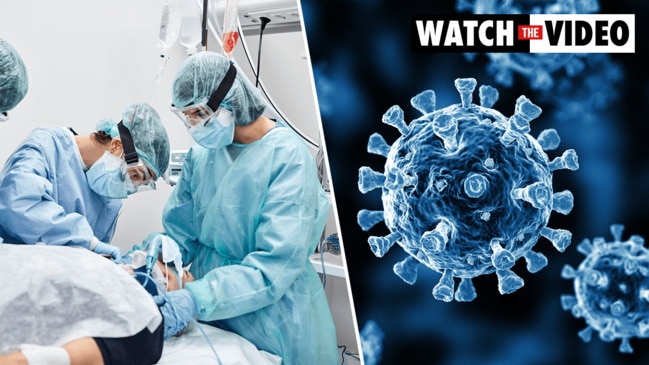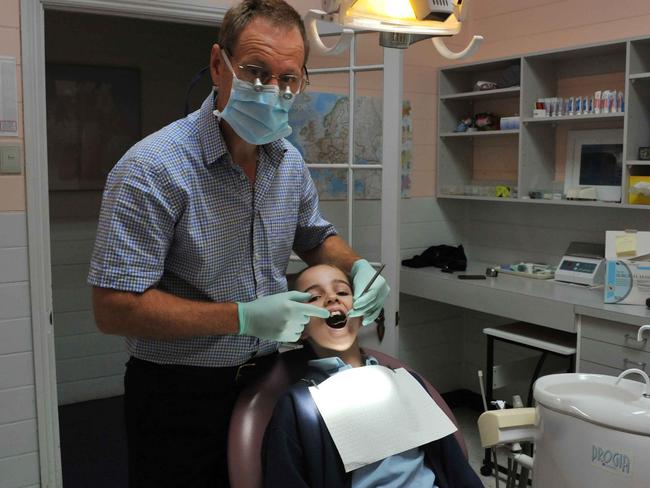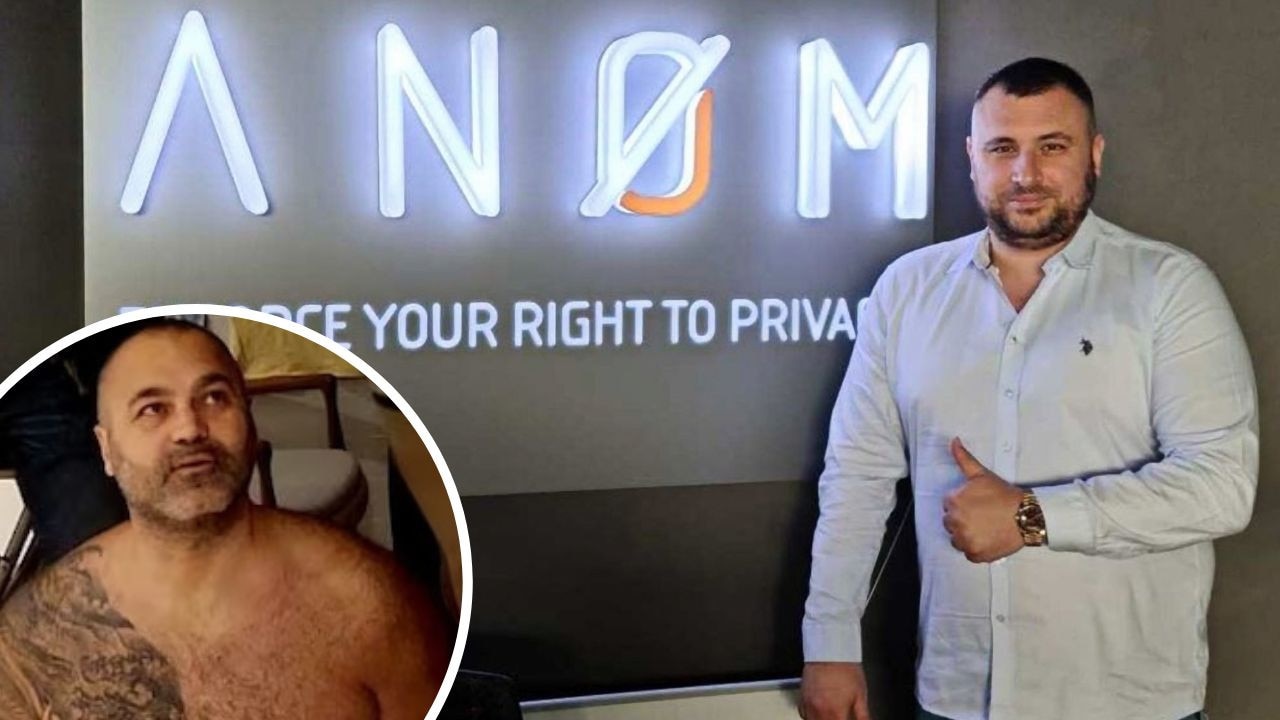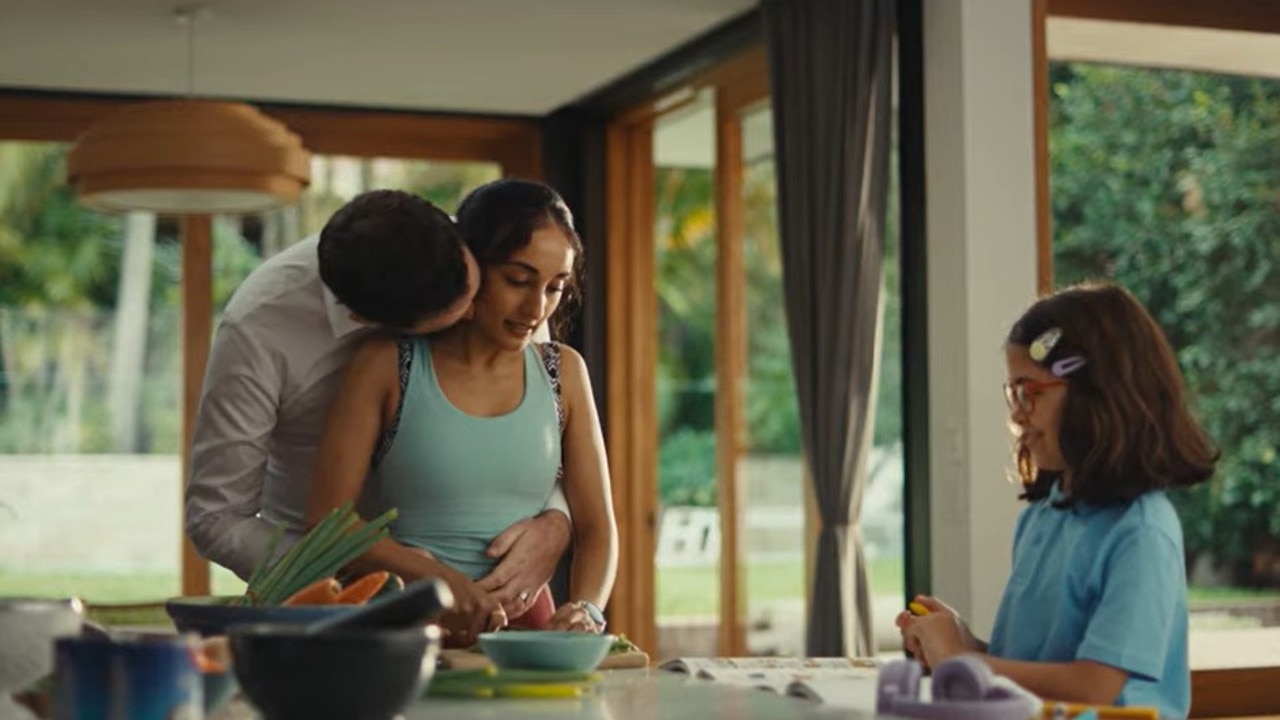Dentists, doctors, registered nurses most at risk of catching COVID-19
They are the 100 occupations most at risk of contracting COVID-19. And while some are obvious given their exposure to people, others far less so. SEARCH THE LIST

NSW
Don't miss out on the headlines from NSW. Followed categories will be added to My News.
While doctors and nurses are the heroes on the front line, risking greater exposure to coronavirus, many other occupations also have risk and analysts have crunched the data into an occupation risk score.
The US-based Occupation Information Network has found dental hygienists, dentists and respiratory physicians and therapists are at the greatest risk of exposure with a COVID-risk score over 92, followed by general practitioners, patient orderlies and registered nurses.
Flight attendants received a score of 75.6, bus drivers 67.3, hairdressers 62.1, correctional officers 60.4, school teachers 53.8, police 51.8, cashiers 41.8.

The least at risk occupations include economists with a risk score of just 1.4, computer network architects, actuaries and web developers, and chief executive officers.
MORE NEWS
Active COVID-19 cases plunging in Australia
Our salute to you: Sunday Tele readers share Anzac photos
Respiratory specialist Associate Professor Brian Oliver from the Woolcock Institute of Medical Research said the occupational risk was obviously higher with greater exposure to other humans.
“It’s a prediction of who is most exposed, professions that come into contact with people, someone who interacts with 100 people a day is a much higher risk than someone interacting with three people day,” he said.
A new study published in the Journal of Infectious Diseases last week also showed coronavirus could travel in droplets “more than 2m and up to 8m from the person emitting them”.
UNSW’s Professor Raina MacIntyre, head of the Biosecurity Program at the Kirby Institute, said the study had implications for current social distancing measures and occupational risk, especially for those treating COVID-19 patients.
“Health care workers face the highest risk of infection and the implication for that paper are most important for health care workers.
“It makes sense the further you stand away from someone the better in terms of infection risk, 1.5m is better than right up I someone’s face, but it might not eliminate risk,” Prof MacIntyre said.
Flight attendants, and health care workers have both been infected with COVID-19 after occupational exposure.
Qantas International has 45 flight attendants infected and 10 family members also positive as a result of exposure. The NSW Australian Medical Association reports over 130 health care workers have also contracted the virus.
GPs have adopted new COVID-19 risk minimisation measures like plastic screens, telehealth and personal protective equipment to not only protect them, but patients as well. Dr Brian Morton has moved to working from home over the phone.

“I’m 70 so I’m in the high risk group, I’m doing this to protect myself because we are at high risk. In the surgery we have moved all the chairs out, there is a plastic shield for reception and we limit people in the waiting room,” Dr Morton said.
Some small restrictions were also lifted for dentists last week, but the profession will only be allowed to do emergency work while using a dental dam.
Dr Brendan White from Lismore in the state’s north said dentists had been exceptionally mindful since the HIV epidemic.
“We do a job that is high risk, we aerosolise what is in patient’s mouth, and we all wear surgical masks, eye protection, gloves, that is the world we work in normal times. On Monday, when we move from level three to level two, we will only be able to treat the well for specific treatments like fillings but all will have to be done with a rubber dam,” he said.

As the virus is not likely to be eliminated any time in the near future, A/Prof Oliver said people with underlying health issues needed to consider their occupational risk when they return to work in the future
“Risk has two components, who catches the virus and who is going to have an adverse consequence. You can catch the virus and remain asymptomatic or just have mild viral disease like a cold, or you can have a severe infection and some pass away.
“Globally, those with cardiac disease and diabetes are doing particularly badly and older people as well. In the UK, one third of all deaths have been in people black or Asian and that is disproportionately high so there is a lot of socio-economic risk factors as well. The data in America is similar.
“The risk of having severe infection is going to be intermingled with overall health status, so the more ill will have a much higher risk and unfortunately that included the indigenous population.
“What is more important is risk of having serious outcomes, so far that ties in with poor health,” he said.
“Until we have a vaccine, we have to live with this virus and the interventions that reduce the risk to people,” Prof MacIntyre added.
Safe Work Australia COVID-19 safety tips for all professions.
For more information go to www.safeworkaustralia.gov.au
Originally published as Dentists, doctors, registered nurses most at risk of catching COVID-19


